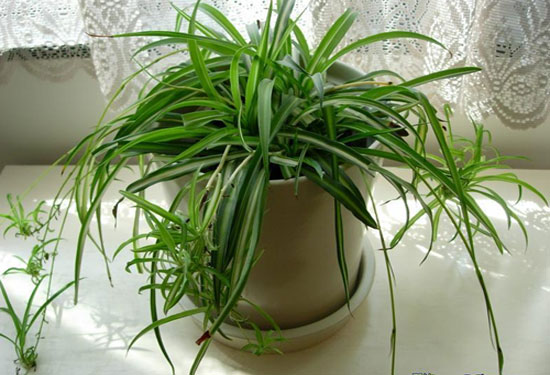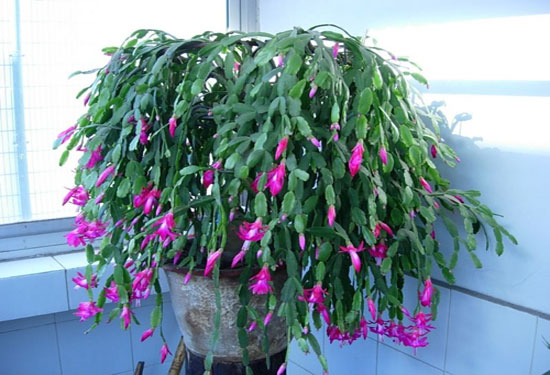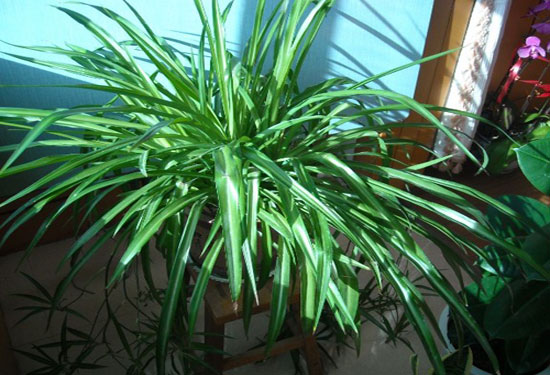Group of strategies for indoor plant health preservation
Indoor plants can bring many benefits to human beings. this concept is already a kind of common sense in everyone's minds. indoor plants bring clear flavor to life and create a personalized environment for work. a variety of plants can also bring us different moods, create a vibrant atmosphere, give you the best mental outlook, and is also the best tool to relieve work stress.

So, specifically, what is the role of these plants, and how can we make use of the benefits brought by indoor plants? What is the healthiest way to put plants indoors? Now, the editor has made a summary of the topics that everyone is most concerned about, come and have a look! Hope that colorful plants will come into your life as soon as possible!

What are the benefits of indoor plants to human beings?
Plants can regulate the climate, affect indoor humidity and improve air quality. they absorb carbon dioxide and some other harmful substances and release oxygen. At the same time, they also absorb dust and effectively reduce indoor temperature. For example, when the outdoor temperature is as high as 26 degrees Celsius, the indoor temperature of a house with a lot of plants is generally 21 degrees Celsius.

Generally speaking, the indoor relative humidity should not be less than 30%, otherwise it will be harmful to health, but in winter, this is often impossible without additional indoor humidification. Low air humidity dries mucus in the upper respiratory tract, causing chronic mucous membrane inflammation, dryness of the skin and dryness of the nose and throat, which can not only make people feel uncomfortable, but also lead to decreased immunity to bacteria and viruses. As a result, we will be more vulnerable to the cold virus. If you plant plants that require high levels of moisture indoors, such as ferns, bananas, African hemp, etc., indoor humidity will increase in a natural way. But it should be pointed out that things must be reversed at the extreme, and the indoor air humidity should not be higher than 60% to 65%, because higher than this humidity may lead to indoor mildew. The higher the concentration of carbon dioxide in the room, the more tired people will feel. Studies have shown that the larger the green leaf area of indoor plants, the more oxygen they release. For example, bananas and other large-leaved green plants tend to be more skilled than other plants in dealing with indoor pollution. There is more dust in dry air than in moist air, because dust particles are always lighter when there is no moisture. At the same time, static electricity will also absorb those dust particles floating in the air.

The leaves of plants absorb harmful substances and filter them. For example, there are studies that have proved that plants can effectively decompose formaldehyde. After the harmful substances enter the soil, the roots of the plants absorb the harmful substances, and the microorganisms in the plants and soil will store and deal with the harmful substances. In this way, harmful substances will become nutrients. The treatment rate of harmful substances by plants is only 1% of that of microorganisms, so it can be seen that the detoxification ability of plants is relatively low. Therefore, in order to better purify the indoor air, more plants must be placed indoors.
Practice has proved that plants can purify indoor air and make us live a better life. More importantly, it will also have a positive psychological impact on us.
Editor's recommendation: introduction of indoor cultivation and planting techniques of gardenia about cactus anti-radiation and cactus anti-radiation
Related
- Wuhan Hospital Iron Tree Blooming Result Was Instantly Frightened by the Gardener Master
- Which variety of camellia is the most fragrant and best? Which one do you like best?
- What is the small blue coat, the breeding methods and matters needing attention of the succulent plant
- Dormancy time and maintenance management of succulent plants during dormancy
- Minas succulent how to raise, Minas succulent plant pictures
- What are the varieties of winter succulent plants
- How to raise succulent plants in twelve rolls? let's take a look at some experience of breeding twelve rolls.
- Attention should be paid to water control for succulent plants during dormant period (winter and summer)
- Watering experience of twelve rolls of succulent plants
- Techniques for fertilizing succulent plants. An article will let you know how to fertilize succulent plants.



